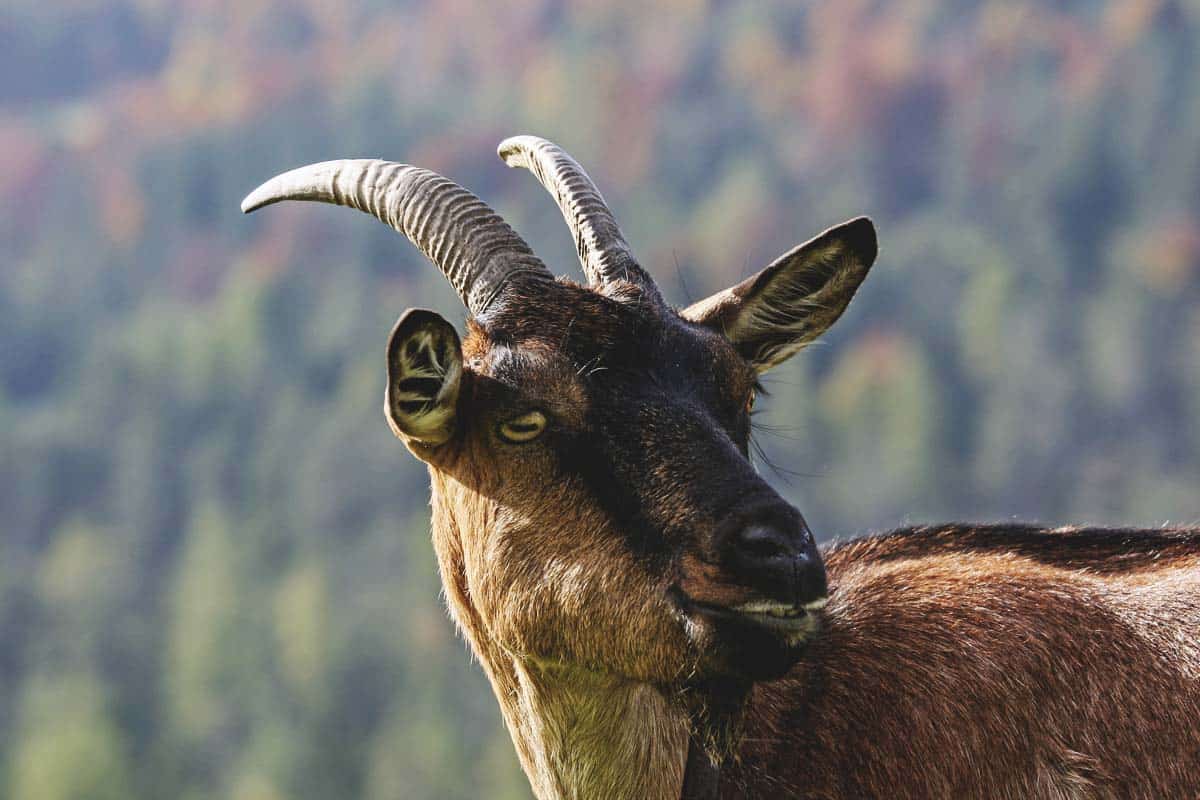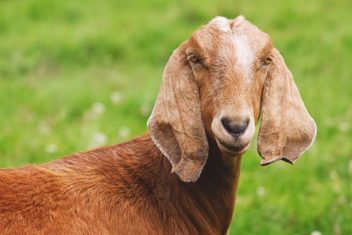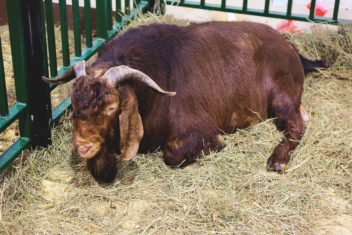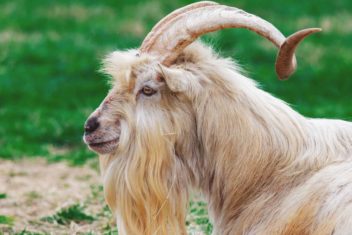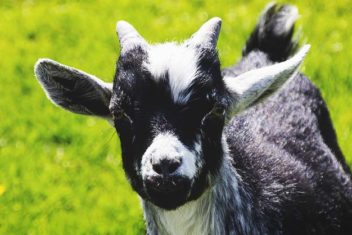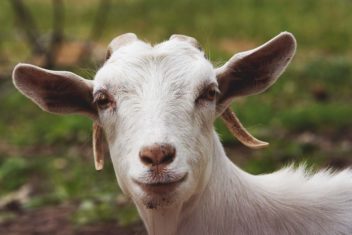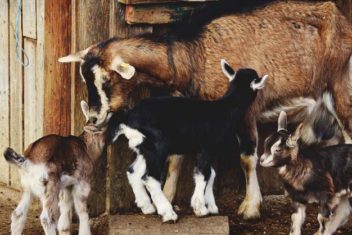If you are new to the wonderful world of caprines, you may have heard of hornless goats. While there are obvious reasons for disbudding your goats, there’s also a case (or two) to be made for keeping horns intact.
The pros and cons of dehorning a goat are closely weighted, and it may be difficult to decide what you prefer. But with this goat horn guide, you may quickly be able to tip the scale one way or another. Read on to learn more!
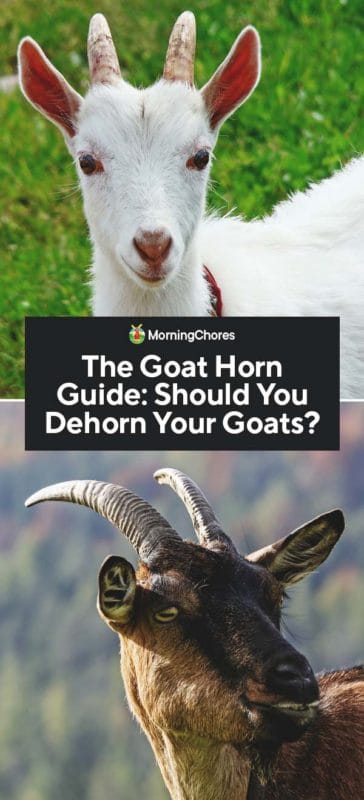
The Purpose of Goat Horns
Before you decide to dehorn or not, you should understand the purpose of a goat’s horns.
1. Goat Horns Protect the Herd
Horns serve a very important purpose, especially for goats in the wild and in open ranges: Protection from predators.
A goat with horns can easily butt a predator and knock them off their game. A stunned predator can give a goat enough time to escape.
Large predators can usually overtake a horned goat. However, if the goat has horns, it won’t go down without a fight.
2. Horns Are a Part of Herd Hierarchy
Actually, they aid in the pecking order decision-making process. King and queen goats can defend their position with their horns when challenged by another herd member. To understand this better, we have a post on goat behavior which explains the dynamics of a herd.
When goats are still kids, they butt and play with each other as though they already had horns. This is nature’s way of preparing them for adulthood.
Even though size doesn’t matter, a large-horned goat has a better chance of showing the rest of the herd who’s boss.
3. Temperature Control
It may not look like it, but horns have blood vessels within them that help regulate body temperature. A hornless goat can still thrive in hot weather, but they might have a tougher time, or just be a bit more uncomfortable.
Disbudding, Dehorning, and Polled Goats Differences
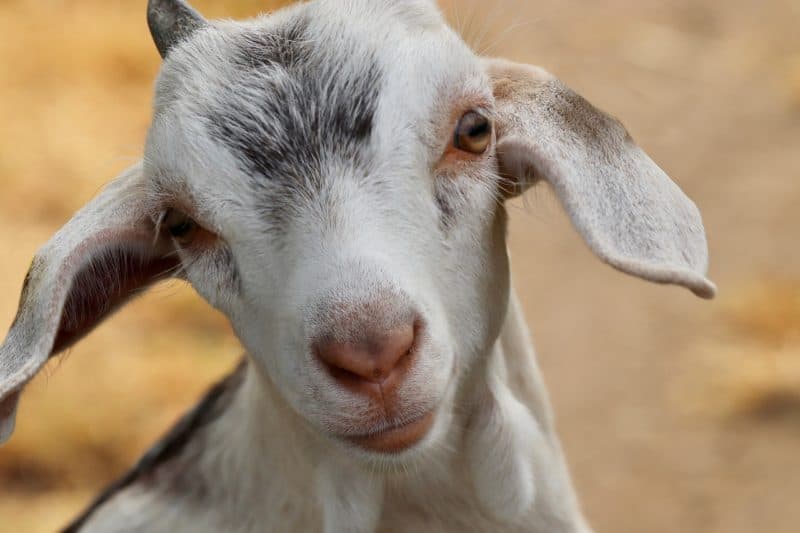
You’ve probably heard others refer to hornless goats as either disbudded, dehorned, or polled. They are all ways to say that a goat doesn’t have horns.
But each of the terms means something a little different, here’s your cheat sheet:
Disbudded Kid
A goat kid that has had the small “buds,” that will someday grow into big horns, removed. This can be done with a hot iron or with chemicals.
Dehorned
Dehorning is also referred to as disbudding. However, goats may also be dehorned as adults, though this is dangerous and painful. Cutting off a full-grown horn may cause a goat to bleed to death. Some enlist a veterinarian to surgically remove a horn from an adult goat. This is considered inhumane in many circles.
Polled Goat
A polled goat is a goat that is born without horns, and will not grow horns. If this is the route you decide to go, you will end up knee-deep in genetics research, but it can be worth it if you want goats without horns.
The Pros of Keeping a Goat’s Horns Intact
Aside from the reasons your goat would like to keep his horns (temperature control, protection, herd hierarchy and play) there are a few other reasons you might want to consider against goat dehorning.
1. Ability to Control Your Goat
Yes, goat horns are great handles, if you’re careful. If you are stronger than your goat, you can use their horns to guide them out of danger, or where you’d like them to go.
I’ve heard horror stories of horns breaking from rough handling, so if you plan on handling your goats often, it may be smarter to leash train your goat rather than use their horns.
Roughly handling your goat’s horns can also be a gateway to other bad behavior on your goat’s part. Remember, goats use their horns to challenge each other, so if you are pushing and pulling on their horns, they may see it as a challenge, and acceptable to butt and fight back.
2. Disbudding is an Unpleasant Task
You should never dehorn an adult goat without a really good reason and the assistance of a veterinarian, but if you disbud at a young age with chemicals or a hot iron your young goat will not be at risk of bleeding to death.
With that being said, as you can probably imagine, burning off horns is probably pretty traumatic and painful…for you and the goat.
Goat kids will scream and if you miss your target, you can seriously injure your goats. Most people who disbud hate the task, and prefer to avoid it at all costs.
Cons of Keeping A Goat’s Horns Intact
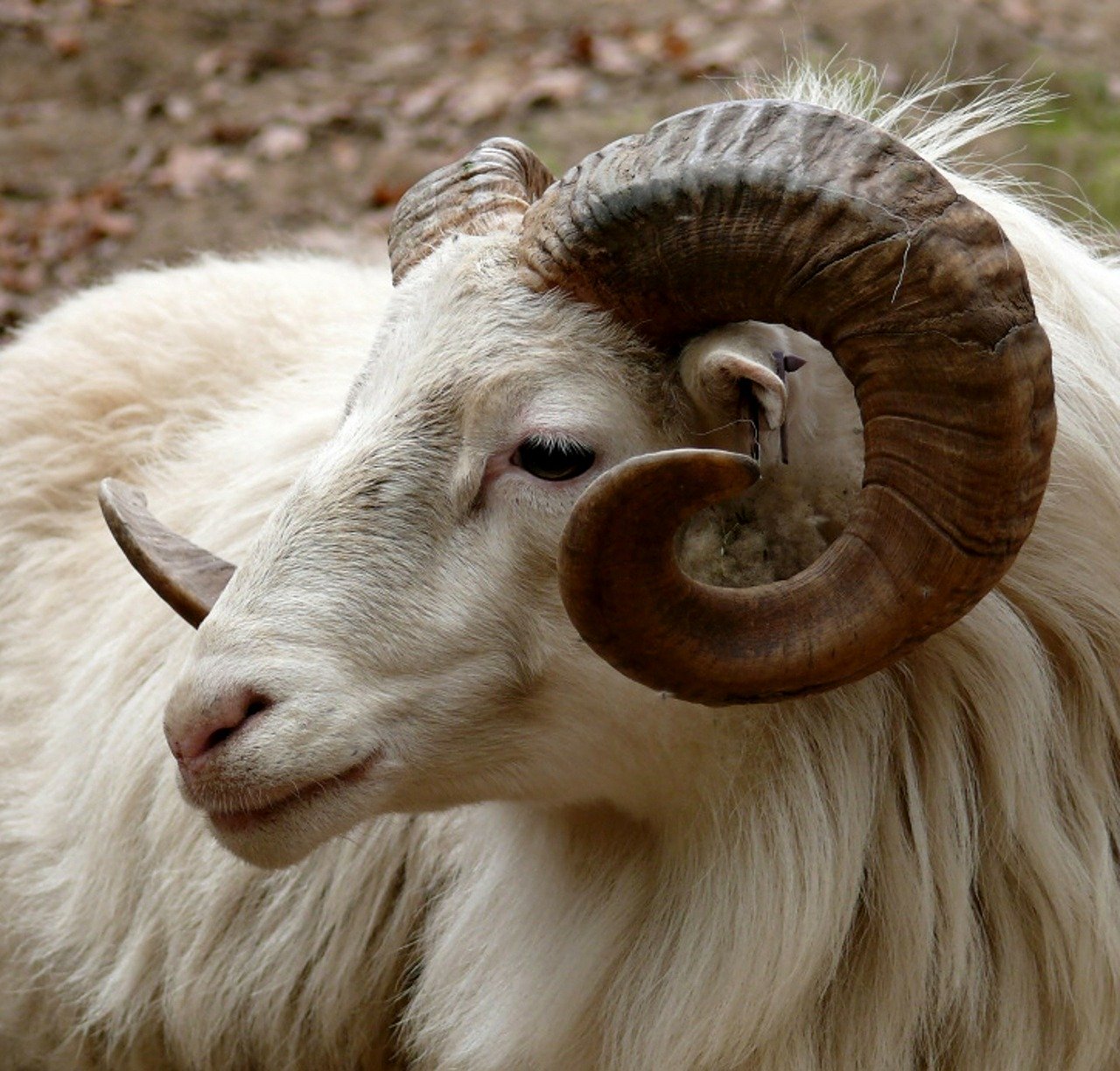
Horns on a goat are attractive…they look mystical and enchanting, and despite this and all the other reasons to allow your goats to keep their horns, there’s plenty of reasons to opt for goat dehorning.
1. Goat Horns Can Be Dangerous
As you know, horns are used as protection, and as a way to determine pecking order within a herd. Because of this, they can do quite a bit of damage to fellow goats, and their handlers.
A blow to the back of the leg from a horned goat can be extremely painful. Goats are quick and accurate when it comes to aiming for the target…and when they connect bruising and blood may be the result.
Goats that are raised as pets tend to be quite tame, and even fearful ones usually don’t butt people. However, if you have a goat buck in rut, he may try to challenge you…and that will undoubtedly hurt
I’ve even accidentally walked into my goats’ horns while feeding them, and those pointy ends can hurt! Even an accidental run-in with a horn can cause a lot of damage for a human or a fellow herd-mate.
2. Your Horned Goats May Get Stuck
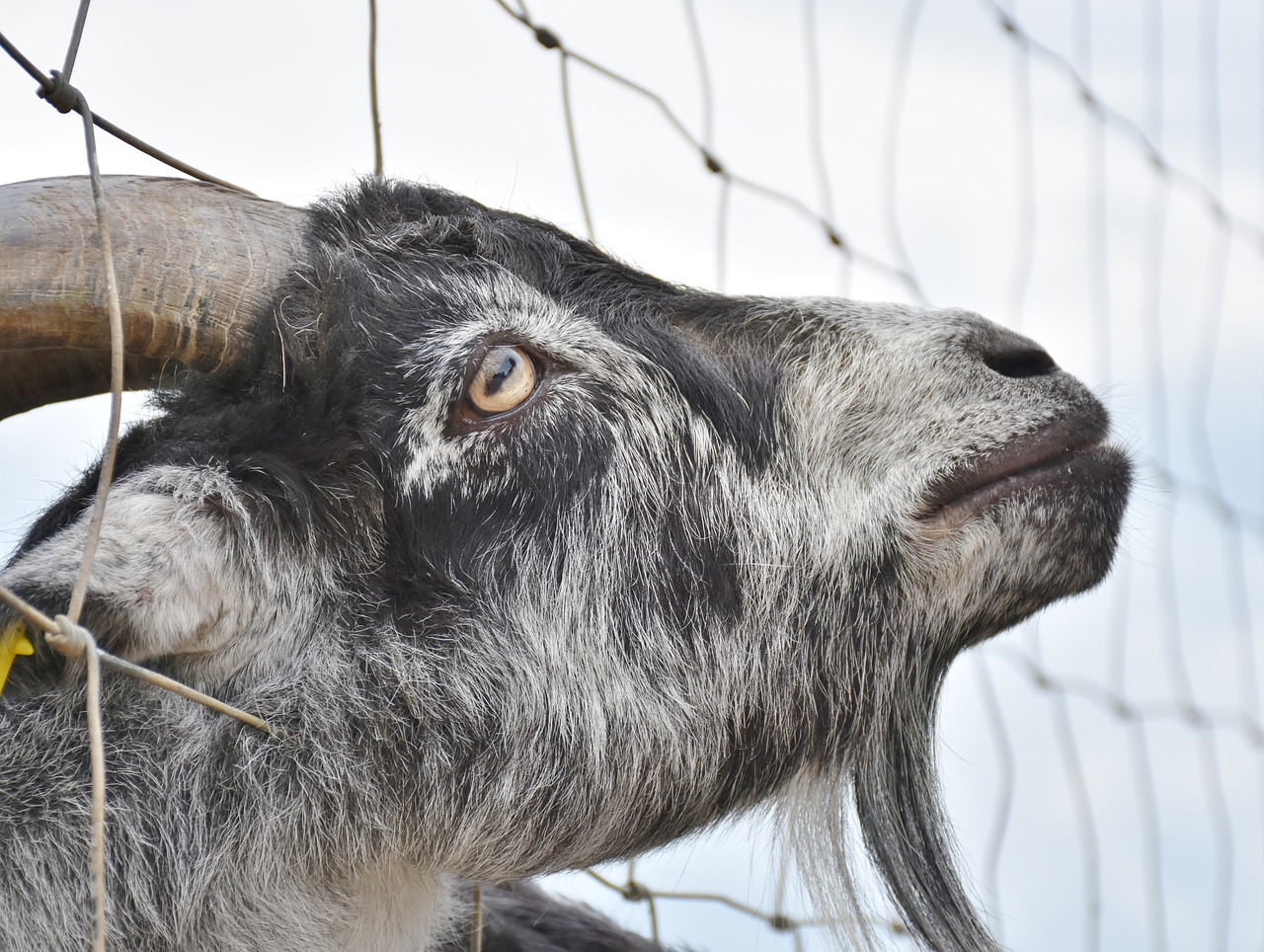
You now know that goat horns are important, and serve a purpose, but sometimes they cause more harm than good for the goat.
Special fencing considerations must be addressed if you don’t opt for goat dehorning and keep your goats horned. Not only are goats the Houdinis of the livestock world, but they also are a little clumsy at times. If you’ve ever seen a goat with sticks duct-taped to its horns, it’s to prevent him from getting his head stuck in a fence. (See our discussion on the best goat fencing.)
Square, woven, fencing is a dangerous type of fence to use for goats with horns. All too often, these curious caprines will stick their head through the fencing to grab for some goodies on the other side, and find themselves stuck, and unable to get free. If the goat panics, she may break her neck and die while struggling to free herself.
